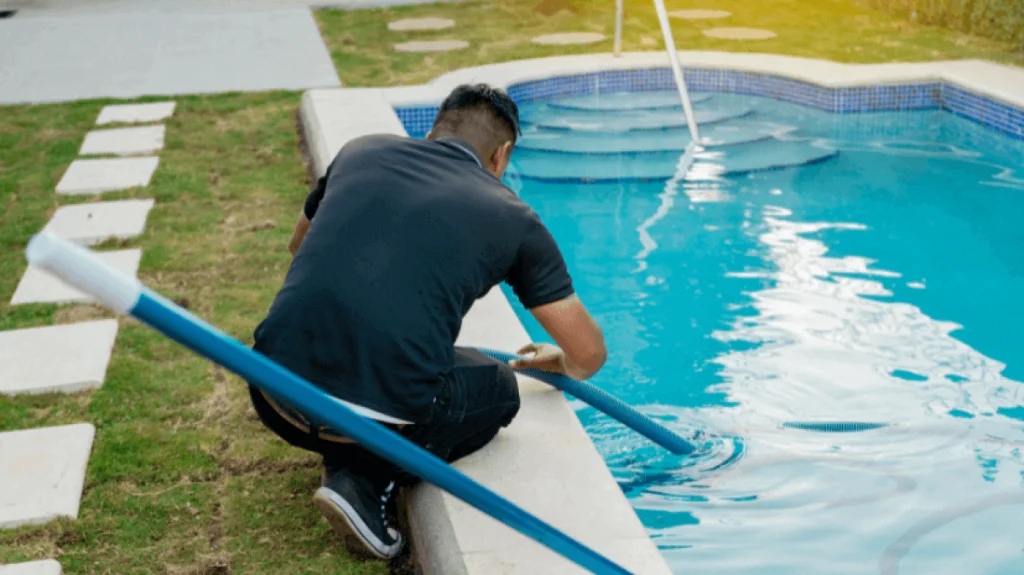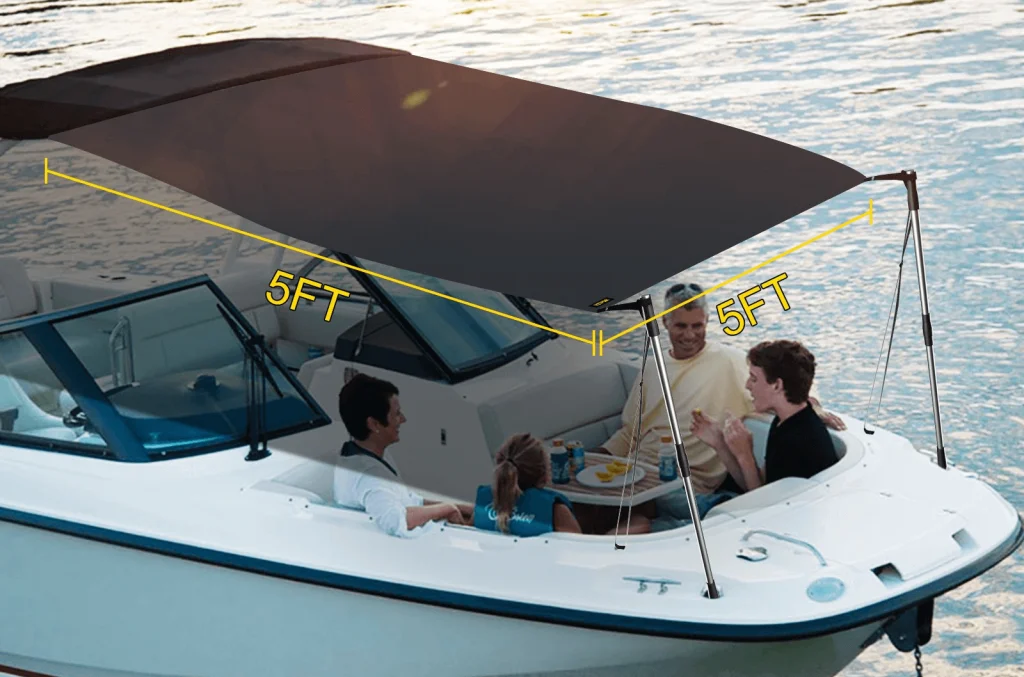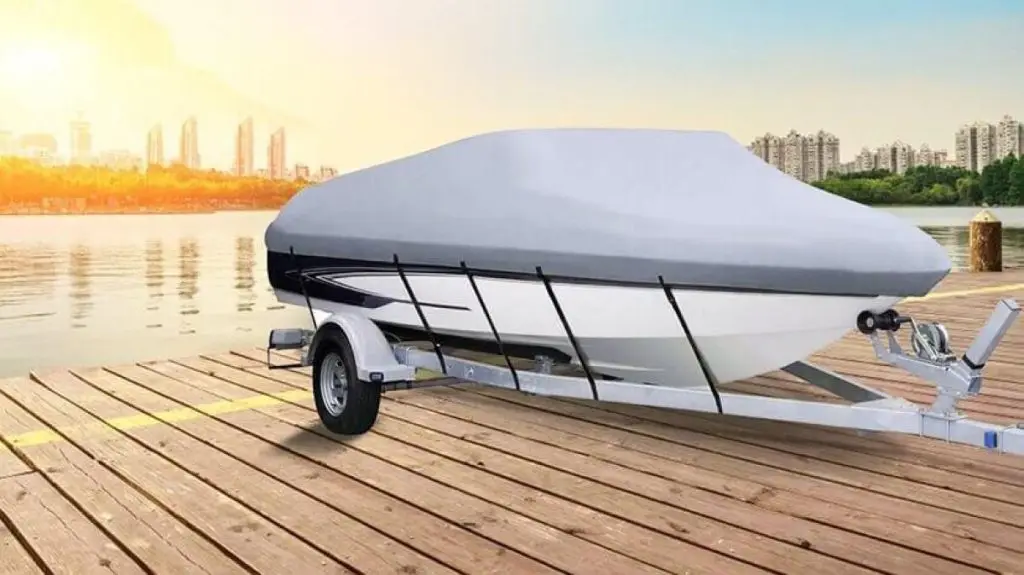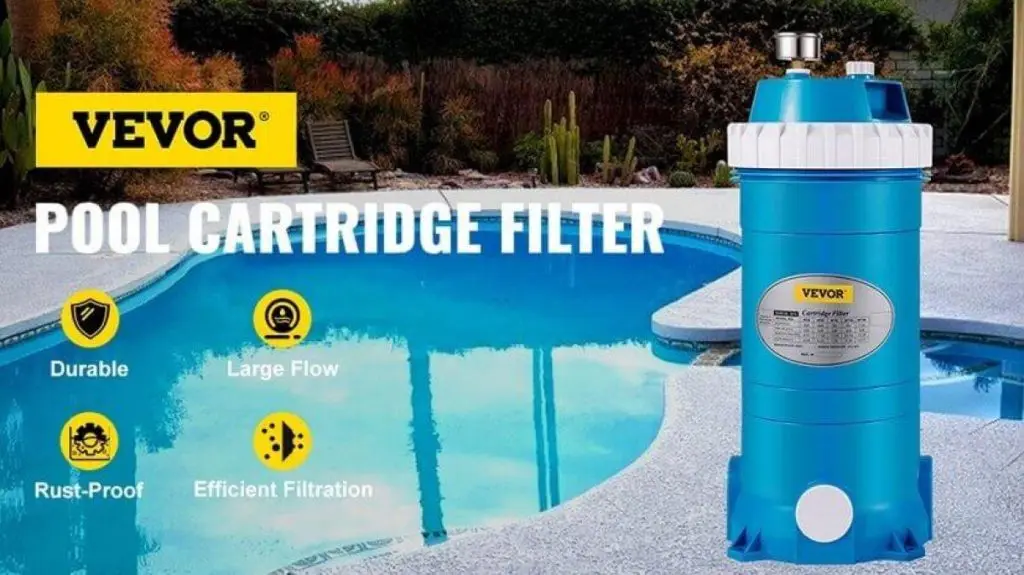If you’re seeking professional guidance on how to clean pool filters, you’ve come to the right place. Regularly cleaning your pool filter is vital in maintaining a clean and efficient swimming pool system. By effectively removing debris, dirt, and contaminants, a well-maintained pool filter ensures sparkling and inviting water for your enjoyment.
This comprehensive guide will provide expert advice, easy-to-follow techniques, and essential maintenance tips for cleaning your pool filter. Whether you have a sand, cartridge, or diatomaceous earth (DE) filter, mastering the correct cleaning methods will result in superior filtration and a longer-lasting system.
Let’s dive right in and discover how to clean pool filters effectively.
Why Do You Need To Clean the Pool Filter?
A clean, well-maintained pool filter is crucial for a sparkling, inviting swimming pool. As an integral part of your pool’s circulation system, the filter removes debris, contaminants, and particles from the water, ensuring a healthy and enjoyable swimming experience. Cleaning the pool filter is essential for several reasons. They include:

1. Effective Filtration: The primary function of a pool filter is to remove debris, particles, and contaminants from the water, ensuring clean and clear swimming conditions. Over time, the filter accumulates dirt, leaves, oils, suntan lotions, and other organic matter, reducing efficiency. Cleaning the filter helps restore its ability to trap and remove these impurities effectively.
2. Optimal Water Circulation: A clean pool filter promotes proper water circulation. Water flow is restricted when the filter becomes clogged with debris, leading to decreased circulation. Poor circulation can result in stagnant areas in the pool, which become breeding grounds for bacteria and algae. Regular cleaning helps maintain consistent water flow and prevents potential health and maintenance issues.
3. Preventing Filter Damage: Neglecting to clean the pool filter can lead to long-term damage. Accumulated debris and contaminants strain the filter, causing increased pressure and reduced performance. This additional stress can lead to filter failure, requiring costly repairs or replacement.
4. Maintaining Energy Efficiency: A clean pool filter operates more efficiently, reducing the energy consumption of your pool system. When the filter is clogged, the pump must work harder to push water through the obstructed filter media, increasing energy usage. By cleaning the filter, you ensure optimal filtration and reduce energy costs.
5. Water Clarity and Quality: A dirty pool filter contributes to cloudy water and poor water quality. As debris accumulates in the filter, it becomes less effective in capturing small particles, resulting in hazy or murky water. Cleaning the filter removes these particles, helping to maintain crystal-clear water and a visually appealing pool.
6. Long-Term Cost Savings: Regularly cleaning your pool filter can save you money in the long run. A clean and well-maintained filter operates more efficiently, reducing the need for excessive backwashing, chemical treatments, and pump operation. Additionally, proper maintenance extends the filter’s lifespan, delaying the need for costly replacements.
Regularly cleaning your pool filter is important for efficient filtration, maintaining water clarity, extending the filter’s lifespan, and creating a healthy and enjoyable swimming environment.
How Often Should Pool Filters Be Cleaned?
The frequency of pool filter cleaning depends on various factors, including the type of filter, pool usage, and the surrounding environment. Generally, pool filters should be cleaned regularly to maintain optimal performance.

Here are some guidelines for different types of filters.
1. Sand Filters: Sand filters typically require backwashing to remove debris and trapped particles. Generally, backwashing should be performed when the filter’s pressure gauge rises by 8-10 psi above the normal operating pressure. This can occur every 4-6 weeks. Still, it may vary depending on pool usage, debris levels, and water quality.
2. Cartridge Filters: Cartridge filters require cleaning more frequently than sand filters. Depending on the size of the filter and the pool’s conditions, cartridge filters may need to be cleaned every 4-8 weeks. However, it’s recommended to visually inspect the cartridges regularly and clean them as soon as they show signs of buildup or reduced water flow.
3. DE (Diatomaceous Earth) Filters: DE filters provide excellent filtration and typically require less frequent cleaning than sand and cartridge filters. Depending on the filter’s size and the pool’s conditions, DE filters may need to be cleaned and recharged with fresh DE powder every 6-12 months. However, regular monitoring of the filter pressure is still essential to ensure proper filtration.
It’s important to note that the recommended cleaning frequency is a general guideline. Factors such as pool usage, bather load, environmental conditions (such as trees or construction nearby), and water chemistry can influence how often your filter needs cleaning. Regular visual inspections and monitoring of the filter pressure will help you determine the most suitable cleaning schedule for your pool.
How To Clean Your Pool Filters?

1. Cleaning a Cartridge Filter
Cartridge pool filters should be cleaned at least once a month. Start by spraying off the filter cartridge with a garden hose to remove any loose dirt or debris. If your pool is located in an area with many leaves, you may need to clean your filter more frequently.
Tools needed
● Garden hose
● Filter cleaner or mild detergent
● Soft brush or sponge
● A water source for rinsing
Step-by-step guide
1. Turn off the pool pump to prevent water flow during the cleaning process.
2. Remove the cartridge filter from its housing according to the manufacturer’s instructions.
3. Use a garden hose to rinse loose debris and dirt from the cartridge. Start from the top and work your way down.
4. Prepare a filter cleaner or mild detergent solution and water in a bucket or container.
5. Submerge the cartridge in the cleaning solution and let it soak for the recommended time (usually around 15-30 minutes).
6. Use a soft brush or sponge to gently scrub the cartridge, paying attention to the pleats and crevices. This will help dislodge any remaining dirt or debris.
7. Rinse the cartridge thoroughly with clean water to remove the cleaning solution and loosened debris. Ensure that all surfaces are clean and free from residue.
8. Inspect the cartridge for any signs of damage or wear. Replace the cartridge if necessary.
9. Reinstall the clean cartridge into the filter housing, following the manufacturer’s instructions.
10. Turn on the pool pump and check for proper water flow and pressure. Make sure there are no leaks.
2. Cleaning a Sand Filter
Proper maintenance of a sand filter is essential for keeping your pool water clean and clear. Over time, debris and contaminants can accumulate in the filter, reducing efficiency. Following a simple step-by-step guide, you can learn how to clean a sand filter and ensure optimal performance.
Tools needed.
● Backwash hose
● Multiport valve or push-pull valve
● Pool filter sand (if necessary)
● Pool filter cleaner (if necessary)
Step-by-step guide
1. Turn off the pool pump to stop the water circulation.
2. Locate the multiport or push-pull valve on the filter and set it to the “Backwash” position.
3. Attach a backwash hose to the waste port on the filter and direct it to an appropriate drainage area.
4. Turn on the pump and let the water run for several minutes until the water in the sight glass or discharge hose appears clear.
5. Once the backwash process is complete, turn off the pump and set the valve to the “Rinse” position.
6. Turn on the pump again and let it run for about a minute to flush out any remaining debris from the system.
7. Turn off the pump and return the valve to the “Filter” position.
8. Check the sand level in the filter. If it is below the recommended level, add new pool filter sand according to the manufacturer’s instructions.
9. Regularly check the pressure gauge on the filter. If the pressure rises significantly, repeat the backwashing process.
10. Periodically, use a pool filter cleaner as the manufacturer directs to remove oils, scales, or other deposits from the sand filter.
3. Cleaning a DE Filter
Proper maintenance and cleaning of your pool’s DE (diatomaceous earth) filter is essential for keeping your pool water clear and free from impurities. Over time, DE filter grids can become clogged with debris, reducing their efficiency. By regularly cleaning and maintaining your DE filter, you can ensure optimal performance and extend the lifespan of your equipment.
Tools needed
● Backwash hose
● DE filter grid cleaning solution
● DE filter grid replacement (if necessary)
Step-by-step guide
1. Turn off the pool pump to halt water flow.
2. Locate the multiport or push-pull valve on the filter and set it to the “Backwash” position.
3. Attach a backwash hose to the waste port on the filter and direct it to an appropriate drainage area.
4. Turn on the pump and let the water run for several minutes until the water in the sight glass or discharge hose appears clear.
5. Once the backwash process is complete, turn off the pump and set the valve to the “Rinse” position.
6. Turn on the pump again and let it run for about a minute to flush out any remaining debris from the system.
7. Turn off the pump and set the valve to the “Filter” position.
8. With the pump off, open the filter tank and carefully remove the DE filter grids.
9. Rinse the grids with clean water to remove loose debris.
10. Soak the DE filter grids in a DE filter grid cleaning solution as the manufacturer recommends.
11. After the specified soaking time, rinse the grids thoroughly with clean water to remove the cleaning solution.
12. Inspect the grids for any damage or excessive wear. Replace any damaged grids with new ones if needed.
13. Reinstall the clean or new DE filter grids back into the filter tank, following the manufacturer’s instructions.
14. Close the filter tank securely and turn on the pump.
15. Based on the pressure gauge readings, monitor the filter pressure and backwash as necessary.
Following these cleaning procedures specific to each filter type can ensure efficient filtration and maintain a clean and healthy swimming pool. Remember to refer to your filter manufacturer’s instructions for additional guidelines or recommendations.
Maintenance Tips to Keep Your Pool Filter Clean
Proper pool filter maintenance is essential for ensuring clean and healthy swimming water. By following these maintenance tips, you can prolong the lifespan of your pool filter and maintain optimal filtration efficiency. Read on to discover the best practices for keeping your pool filter clean and in top condition.
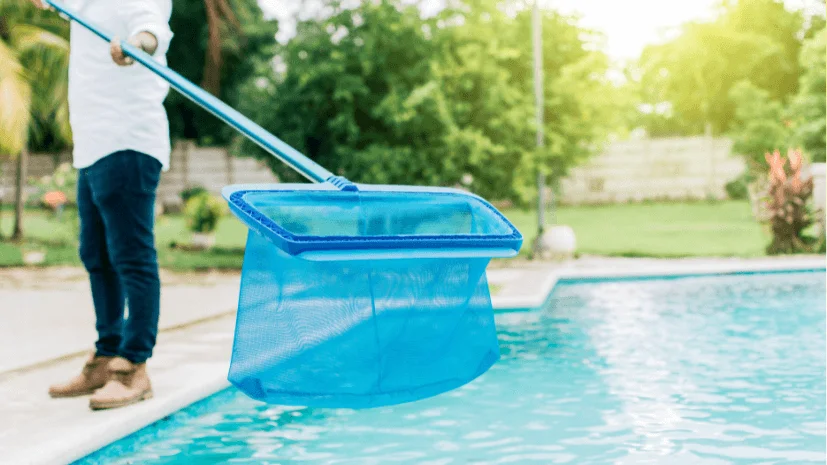
1. Regularly Monitor Filter Pressure
Make it a habit to monitor the pressure gauge on your pool filter regularly. An increase in pressure indicates that the filter is becoming clogged and needs cleaning. Cleaning the filter when the pressure rises by around 8-10 psi will help maintain its effectiveness.
2. Backwash or Clean the Filter
Depending on your filter type (sand, cartridge, or DE), you will need to backwash or clean it periodically. Follow the manufacturer’s instructions for your specific filter type. Backwashing involves reversing water flow through the filter to flush out debris and contaminants. Cartridge filters require removal and rinsing with a hose, while DE filters may need to be disassembled and cleaned thoroughly.
3. Use a Filter Cleaner
In addition to regular backwashing or cleaning, use a filter cleaner periodically to remove oils, greases, and mineral deposits that may accumulate on the filter elements. Choose a filter cleaner recommended by your filter manufacturer and follow the instructions for effective results.
4. Maintain Proper Water Chemistry
Balanced water chemistry is crucial for the longevity of your pool filter. Regularly test and adjust the pH, chlorine levels, alkalinity, and calcium hardness. Imbalanced water chemistry can cause scale buildup and other issues hindering the filter’s performance.
Consult a pool professional or use reliable test kits to ensure your water chemistry is within the recommended range.
5. Remove Debris and Leaves
Keep the area around your pool clean and free from debris. Leaves, twigs, and other organic matter can clog the filter and reduce its efficiency. Use a skimmer net or pool vacuum to remove floating debris regularly. Trim any overhanging trees or plants that shed leaves into the pool.
6. Schedule Professional Maintenance
Consider scheduling professional maintenance at least once a year, especially if you need clarification on certain tasks. A pool service technician can inspect your filter, identify any issues, and provide thorough cleaning or repairs.
FAQs About Pool Filter Cleaning
1. What are the signs that my pool filter needs cleaning?
Signs that your pool filter needs cleaning include reduced water flow, cloudy water, increased pressure on the filter gauge, and longer filtration cycles. If you notice any of these symptoms, it’s time to clean your pool filter.
2. Can you use vinegar to clean a pool filter?
Yes, vinegar can be used to clean a pool filter. It is an effective and affordable option for removing mineral deposits and scaling on the filter elements. Soak the filter in vinegar and water, then rinse thoroughly before reinstalling.
3. Can I soak my pool filter in bleach?
While bleach can be used to disinfect certain components of your pool system, it is not recommended to soak your filter in bleach. Bleach can damage the filter elements and compromise their effectiveness. Stick to proper cleaning methods and avoid using bleach on your pool filter.
4. How much does it cost to clean a pool filter?
The cost of cleaning a pool filter can vary depending on various factors, such as the type of filter, its size, and your location. Professional pool filter cleaning services typically range from $75 to $150. Still, you can also clean it at no additional cost apart from basic cleaning supplies.
5. How long do pool filters last?
The lifespan of a pool filter depends on factors like the type of filter, maintenance, water quality, and frequency of use. Generally, cartridge filters last around 2-3 years, sand filters last 5-7 years, and DE (diatomaceous earth) filters last 7-10 years. Regular cleaning and proper maintenance can help extend the lifespan of your pool filter.
6. How often should you clean pool filter cartridges?
The frequency of cleaning pool filter cartridges can vary depending on factors such as the size of the pool, the filter’s capacity, the surrounding environment, and the amount of pool usage. However, a general guideline is to clean the pool filter cartridges approximately once every four to eight weeks during the swimming season.
Conclusion
In this comprehensive guide on how to clean pool filters, we will emphasize the significance of regular maintenance, provide step-by-step instructions for cleaning various filter types, and offer valuable tips to ensure your filter functions optimally for a clean and healthy swimming environment.
Take action today to clean and maintain your pool filter, ensuring crystal-clear water and a pristine swimming experience. Your pool and everyone who enjoys it will thank you for the effort.
Happy swimming!

